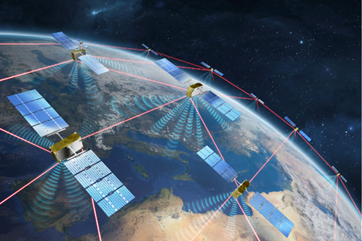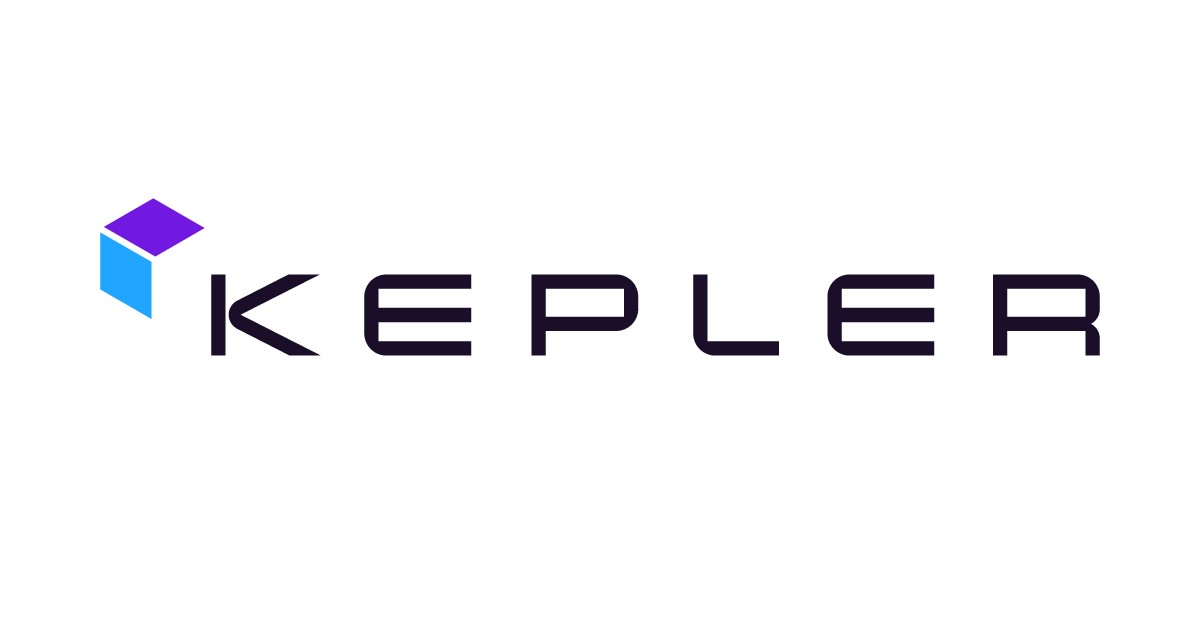
-
StatusOngoing
-
Status date2025-06-10
-
Activity Code1B.140
The Intelligent System Study will define the path towards the achievement of the following expected benefits:
- No human involvement for selected use cases.
- Enabling handling much more complex systems
- Ability to react in real-time in case of unexpected events
- Advanced diagnostics in support to drastic downtime reduction
The Intelligent System Initiative is considered Instrumental to increase competitiveness in future Missions via:
- Reduction of ground infrastructure cost
- Increased availability (reduction of service downtime)
- Increasing orchestration capabilities
Overall it will enable and accelerate enhanced autonomy of future products, leveraging on selective use of AI/ML Techniques.
The main challenges identified in the system study are the following:
- The need for a Multidisciplinary and holistic assessment of the use cases and proposed solutions, including the views of:
- Operators & service suppliers
- Satellite integrators
- Avionics & SW designers
- Payload designers
- AI-ML element providers
- Pursuit of Solution generality: to develop a reference in terms of architecture and workflow envisaged for applications of E2E autonomy for a potential multi-orbit & multi-application scenarios.
- Standardisation of onboard Telemetry and other on ground data sources in view of the concept generality and industrial adoption.
Data availability for model training in Machine Learning, impacting the quality and efficiency of the resulting models.
The study has identified a preferred architecture that offers the following key capabilities and advantages with respect to State of the Art solutions:
- Flexible & Scalable: Preventing any dependencies into specific platform designs; allowing compatibility & adoption across multiple applications.
- Technology Agnostic: Microservices enable the use of different programming languages and technologies tailored to specific needs, enhancing development efficiency.
- Multi-application & Multi-mission/orbit, yet securing the necessary functionalities, interfaces and interoperability-aspects that enable the user adoption of the proposed building blocks.
- Agile Deployment & easy to integrate: New features or services can be developed, tested, and deployed independently, accelerating iteration cycles and time-to-market.
- Robust & resilient: Allowing to isolate failures in one microservice, minimising the impact on the overall system and improving reliability.
- The proposed architecture based on virtualisation has the benefit that separates device drivers from controller functionality through abstraction, enabling a safe use of COTS building blocks.
The outlined benefits are enabled via the following capabilities and essential components of the architecture:
- Virtualisation & abstraction layers
- Distributed architectures
- Definition of data flows and key data exchanges
The study has defined a flexible reference frame (both for SC designers/integrators/operators and SW library developers) that will enable European Industry to accelerate & demonstrate the development and early prototyping of:
- Intelligent system building blocks
- Autonomous E2E (space & ground) system
This reference frame will be based on:
- Distributed processing entities both within the Ground and onboard infrastructure
- Large and robust data storage solutions (volatile and non-volatile memories)
- Communication network, with high-speed and low-speed interfaces, to support large data volume exchanges
- Hypervisor-based SW architecture, and shared resources across multiple AI libraries running on the application layer
- Modular partitions, isolated from each other by the hypervisor
The project activity has been divided into the following main Tasks:
- Task 1: Identifying Satellite Communication Applications that benefit from Augmented Satellite Autonomy
- Task 2: Trade-off and identification of the most promising strategies and architecture concepts capable to enhance the degree of autonomy for system/satellite operations
- Task 4: Description of Reference Architecture and Building Blocks for AI and ML Adoption.
- Task 5: Assessment of industrial implementation aspects
- Task 6: IOE (In Orbit Experiment) Feasibility Assessment
During the study, two Industrial Consultations have been conducted, targeting to foster interactions across the supply chain, gather requirements on the use cases and sharing the high-level conclusions. This has strongly contributed to creating an ecosystem of active industrial players, paving the way to future interoperable solutions.
- The System Study has quantitatively analysed the impact and benefit of increased autonomy applied to multiple functions and use cases.
- For the most promising applications a detailed methodology, workflow and general architecture trade-off has been conducted.
- Relevance of the use cases and proposed solutions have been iterated and validated with industry via Industrial consultation sessions.
- An architectural frame has been specified, outlining the necessary features (SW & HW) and key technical specifications for each of the use cases.
- Key aspects and considerations have been analysed to deploy a sustainable and competitive Industrial Ecosystem to enable and accelerate the adoption of the proposed solutions.
- Potential roadmaps and opportunities for the deployment of an IOE have been explored.





